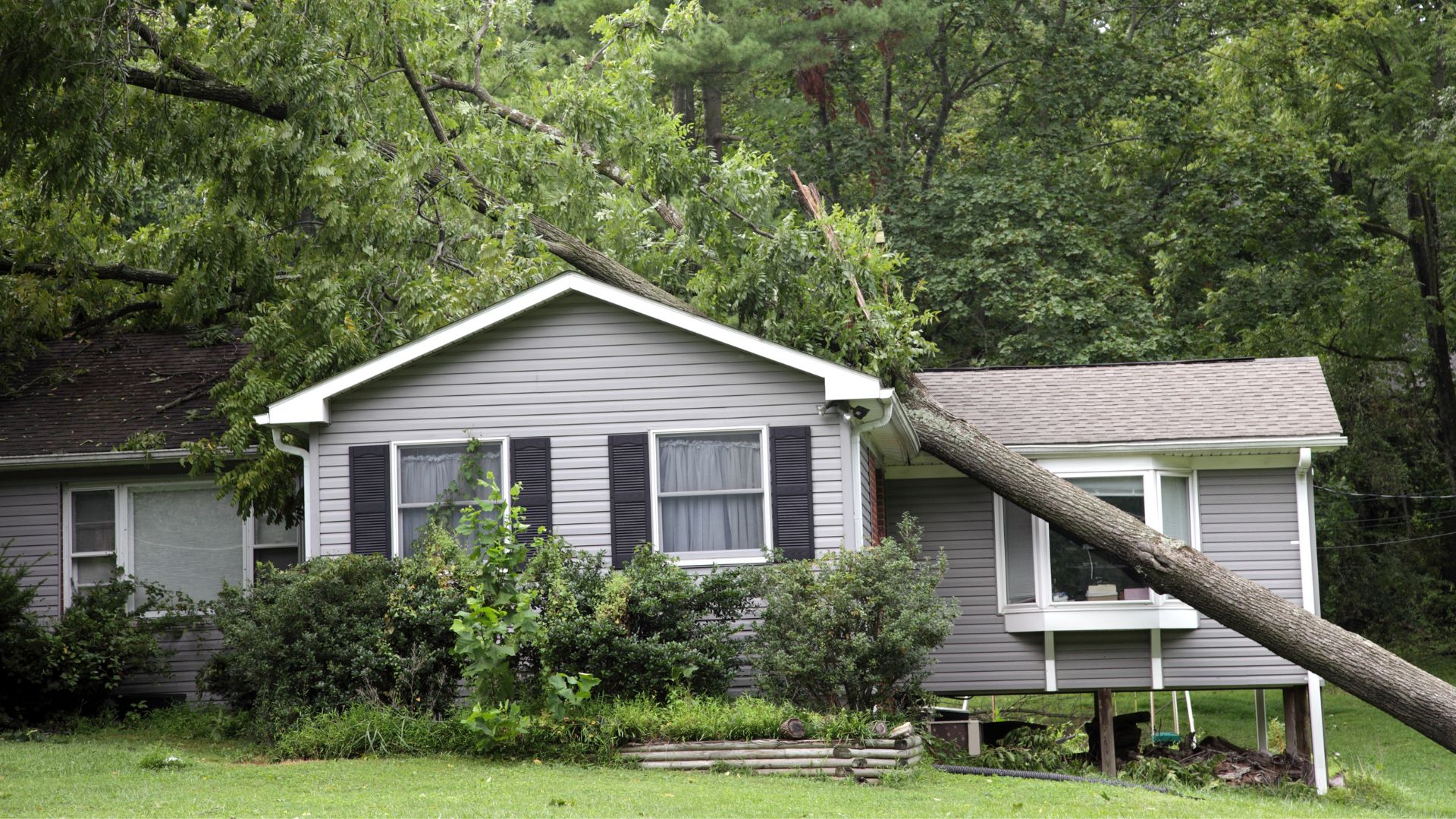Exacerbated by climate change, high winds are increasingly threatening urban infrastructure and transportation. Storms, tornadoes and coastal winds cause major damage to bridges, buildings and power systems. Even modern infrastructure, such as the Samuel-De Champlain Bridge, is forced to interrupt some REM operations during high winds, illustrating the need to adapt our structures to new climatic realities.
Coastal areas are also significantly affected, as strong winds damage port infrastructure and erode protective barriers, further exposing communities to climate risks. What’s more, high-wind storms can uproot trees, damage buildings, and cause prolonged power outages due to falling trees on power lines, shutting down entire sectors.

Research and Solutions
- Reinforcing of critical infrastructure
- modernization of bridges, buildings, and port networks to withstand extreme winds.
- Digital twins and simulations
- use of advanced modelling to predict the impact of high winds and optimize infrastructure design.
- Securing the power systems
- burying power lines in high-risk areas and preventive management of vegetation to reduce outages.
- Resilient urban planning
- adoption of appropriate building practices and strategically designed green spaces to limit the effects of wind.
- Intersectoral collaboration
- Integrating expertise in engineering, urban planning, and risk management to strengthen the resilience of cities.
These solutions will better protect critical infrastructure, ensure citizen safety, and increase urban resilience in the face of extreme weather events.
Researchers in the field
Don’t just coexist with climate change.

